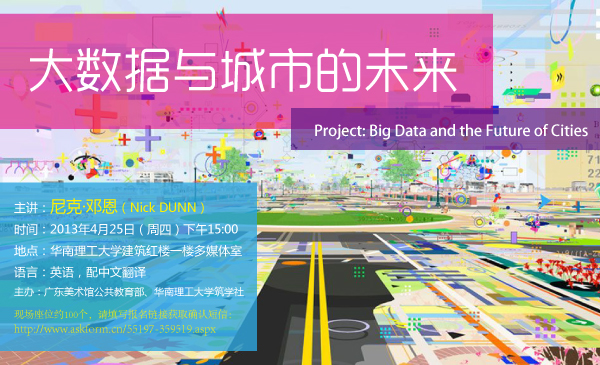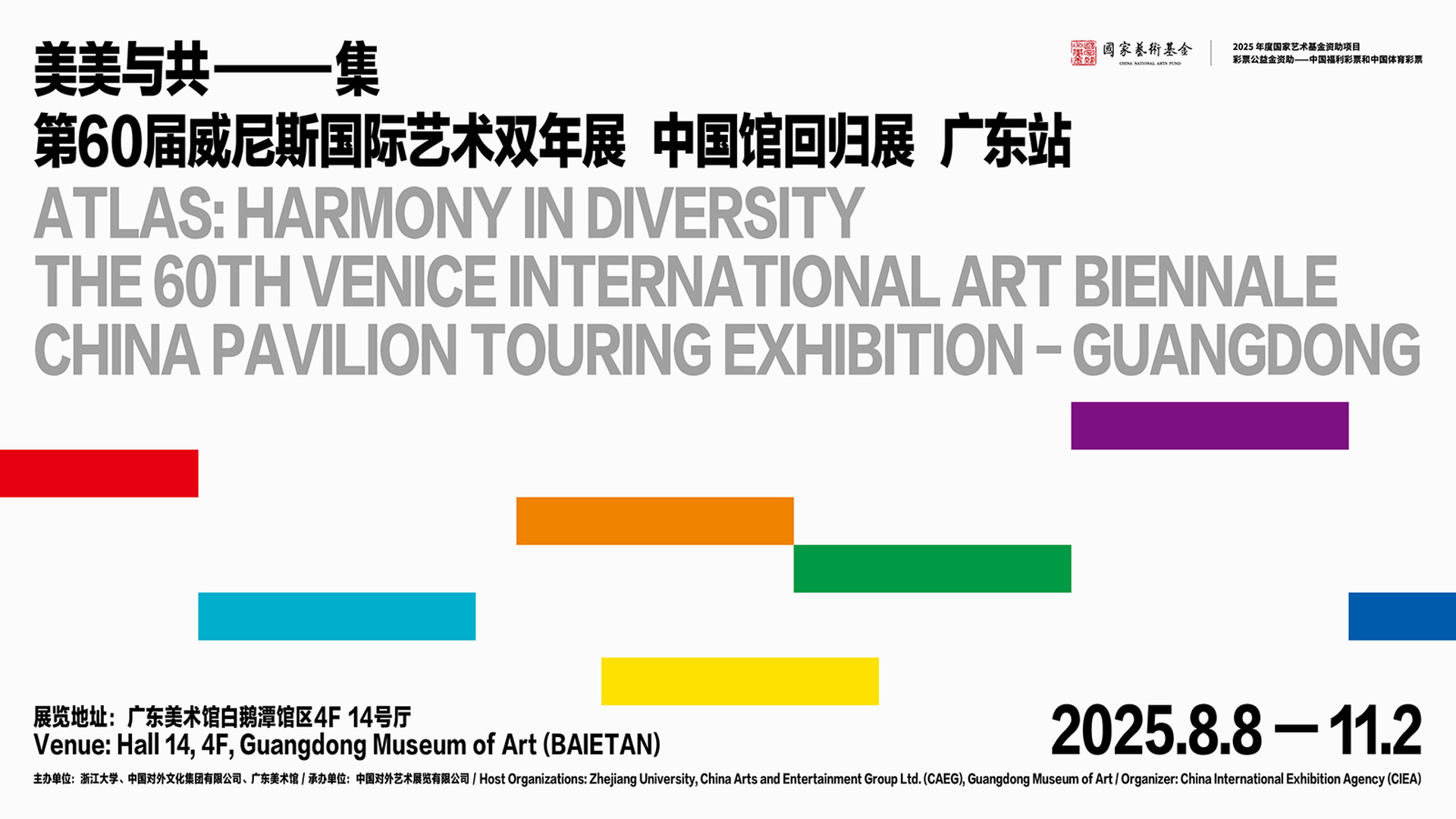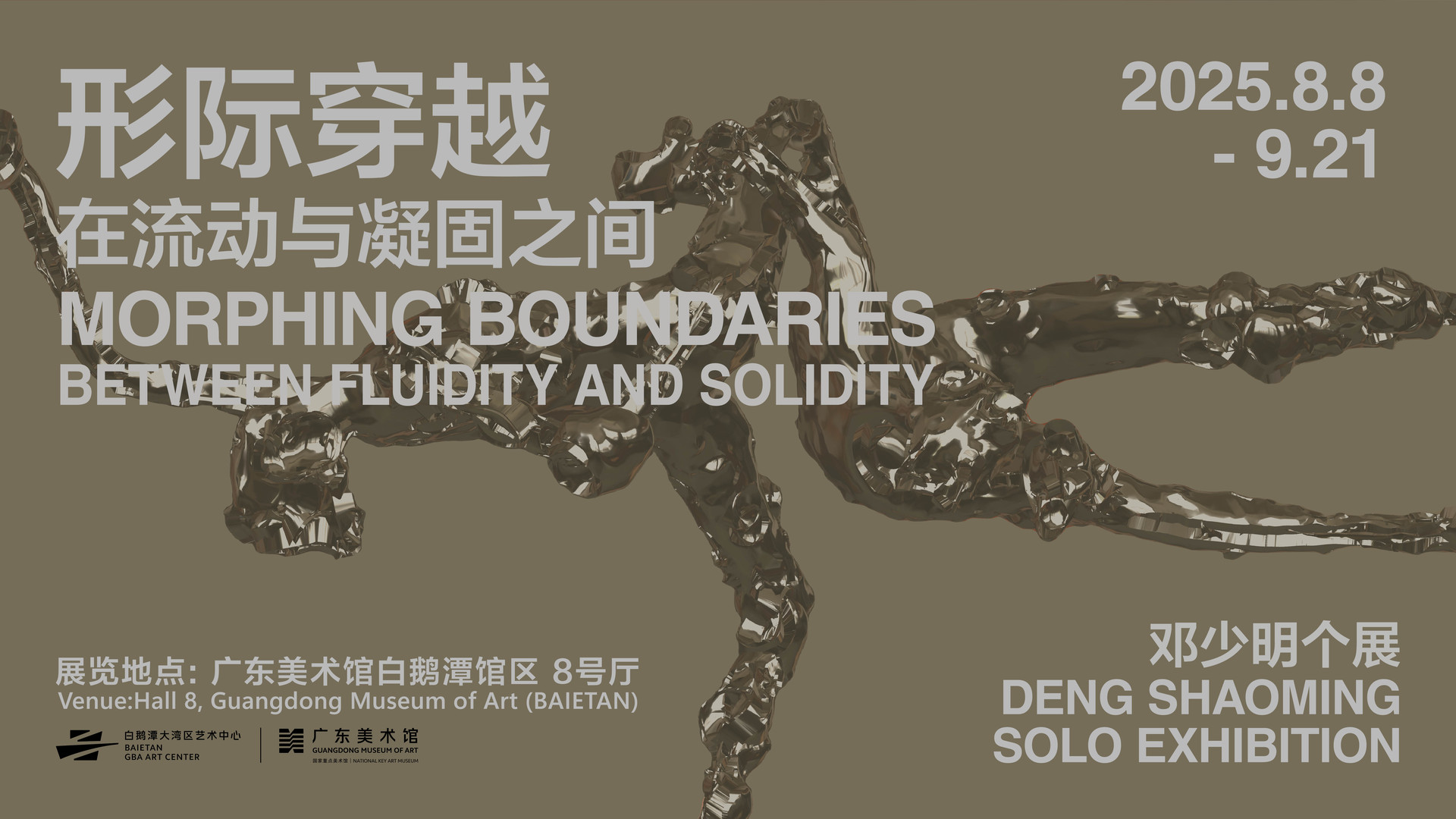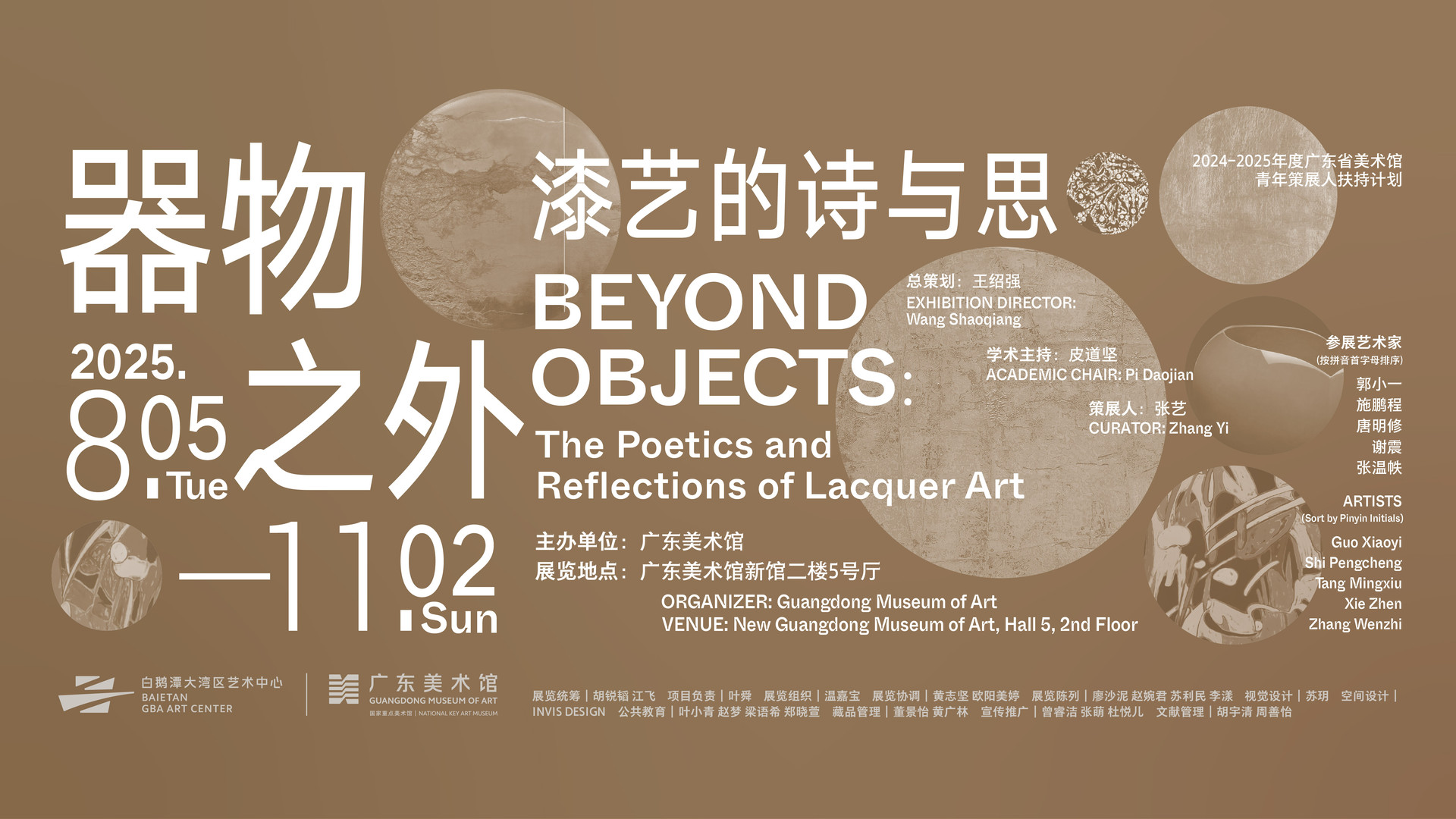【讲座】大数据与城市的未来(Big Data and the Future of Cities)

讲座丨大数据与城市的未来(Big Data and the Future of Cities)
主讲:尼克•邓恩 / Nick DUNN(“城市化的问题”参展艺术家)
时间:2013年4月25日(周四)下午15:00-17:00
地点:华南理工大学建筑红楼一楼多媒体室
报名方式
+ 现场座位约100个,请填写报名链接获取确认短信:http://www.askform.cn/55197-359519.aspx
+ 确认短信发送时间:4月24日17点,4月25日12点
+ 确认短信发送时间:4月24日17点,4月25日12点
语言:英语,中文翻译
主办:广东美术馆公共教育部、华南理工大学筑学社
活动内容
尼克•邓恩(Nick DUNN)是英国曼彻斯特大学建筑学院的高级讲师,[Re_Map]工作室的联合执行负责人之一。
他的研究方向包括可视化、建模、绘图、建筑的表现,基础设施建设,后工业地景和城市化问题。他将现代城市看作一连串的体系、“流”和进程,通过实验和话语来处理城市空间的本质。他的近期著作有《建筑中的数字材料》(Digital Fabrication in Architecture,2012),他的著作《建筑模型制作》(Architectural Modelmaking,2010)已被翻译为中文。
英文概述
Introduction
Today’s urban situation is a constantly shifting one, a complex mixture of material and immaterial flows, systems and processes. Although lots of attention has been given to the development of cities, far less attention has been given to the reuse of them. This is a major issue in the West and one that will become ever more important in the East. Furthermore, the transformation of the urban landscpae does not necessarily take account of its inhabitants. To address this, we need to engage with the provision of a framework to evolve a design platform that is participatory, social and enabling.
Big Data
One of the ways we can start to understand contemporary cities is by using ‘Big Data’. Big Data is very large sets of information that describe many features of our built environment such as: traffic flows, economic data, social and political preferences etc. If we are able to visualize this information in a user-friendly manner, then more people in our cities can understand and join the design process. Therefore, it is clear that if the decision making process about our urban landscape is to be shared across society rather than only in the hands of government and other official stakeholders, then we need to build effective interfaces so we all know what we are looking at.
Design in Society
Collaboration for the sustainable and future development of our cities is very important. Architects and urban designers need to develop deeply collaborative relationships with the public. Two ways in which this may be done are through participatory design and user-centred design. This means that architects and urban designers need to develop tools of representation, imagination and communication so they can share information with non-experts, the public.
Future of Cities
With the majority of the world’s population living in urban areas since 2007, the future of our planet will be significantly shaped by the way we develop our cities. It is therefore essential that the way we communicate information about the built environment and develop our ideas in response to it is clear and is a ‘conversation’ that involves as many people as possible since our planet is shared resource for all of humanity. By enabling access and participation to big data from as wide a series of demographics as possible, we may develop an inclusive and transparent decision making process. Through participatory design in society and a realistic hybrid of top-down and bottom-up systems, we may effect change to create better and sustainable cities for today and tomorrow’s generations.
Dr. Nick Dunn
January 2013
Today’s urban situation is a constantly shifting one, a complex mixture of material and immaterial flows, systems and processes. Although lots of attention has been given to the development of cities, far less attention has been given to the reuse of them. This is a major issue in the West and one that will become ever more important in the East. Furthermore, the transformation of the urban landscpae does not necessarily take account of its inhabitants. To address this, we need to engage with the provision of a framework to evolve a design platform that is participatory, social and enabling.
Big Data
One of the ways we can start to understand contemporary cities is by using ‘Big Data’. Big Data is very large sets of information that describe many features of our built environment such as: traffic flows, economic data, social and political preferences etc. If we are able to visualize this information in a user-friendly manner, then more people in our cities can understand and join the design process. Therefore, it is clear that if the decision making process about our urban landscape is to be shared across society rather than only in the hands of government and other official stakeholders, then we need to build effective interfaces so we all know what we are looking at.
Design in Society
Collaboration for the sustainable and future development of our cities is very important. Architects and urban designers need to develop deeply collaborative relationships with the public. Two ways in which this may be done are through participatory design and user-centred design. This means that architects and urban designers need to develop tools of representation, imagination and communication so they can share information with non-experts, the public.
Future of Cities
With the majority of the world’s population living in urban areas since 2007, the future of our planet will be significantly shaped by the way we develop our cities. It is therefore essential that the way we communicate information about the built environment and develop our ideas in response to it is clear and is a ‘conversation’ that involves as many people as possible since our planet is shared resource for all of humanity. By enabling access and participation to big data from as wide a series of demographics as possible, we may develop an inclusive and transparent decision making process. Through participatory design in society and a realistic hybrid of top-down and bottom-up systems, we may effect change to create better and sustainable cities for today and tomorrow’s generations.
Dr. Nick Dunn
January 2013
开放时间——每周二至周日9:00至17:00(16:30停止入场,16:45开始清场)
逢周一闭馆(法定节假日和特殊情况除外)。
广东美术馆新馆(白鹅潭):广东省广州市荔湾区白鹅潭南路19号
前台电话: (020) 88902999
广东美术馆本馆(二沙岛):广东省广州市越秀区二沙岛烟雨路38号
前台电话: (020) 87351468




